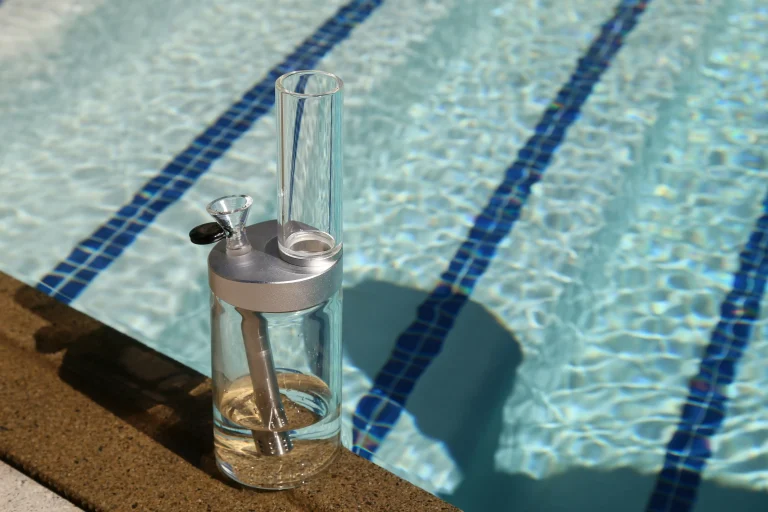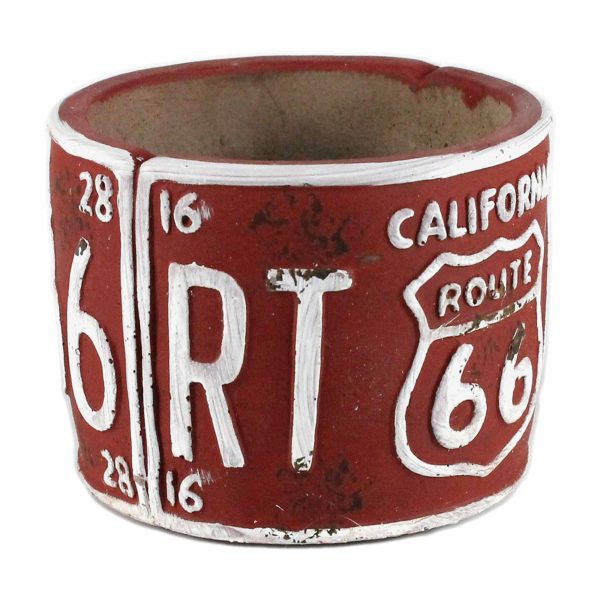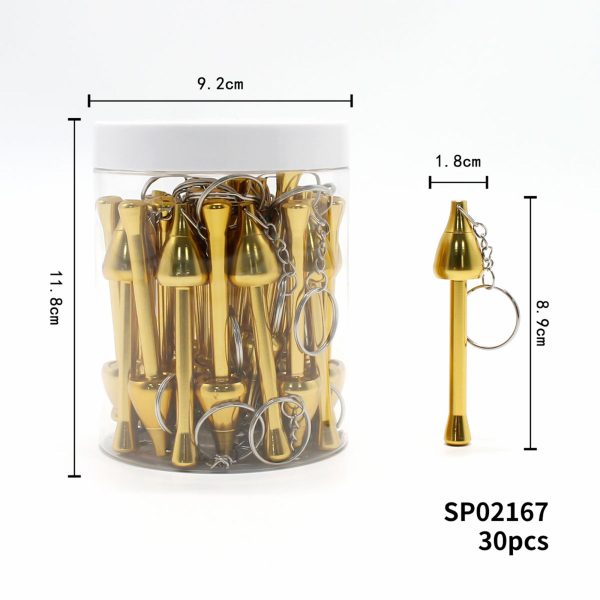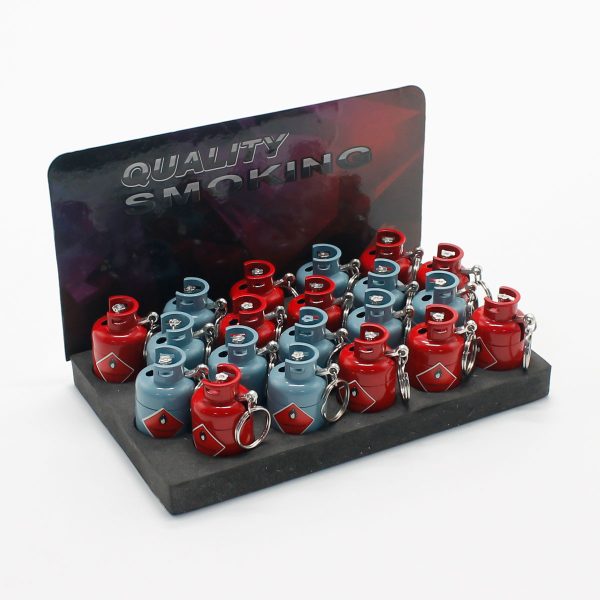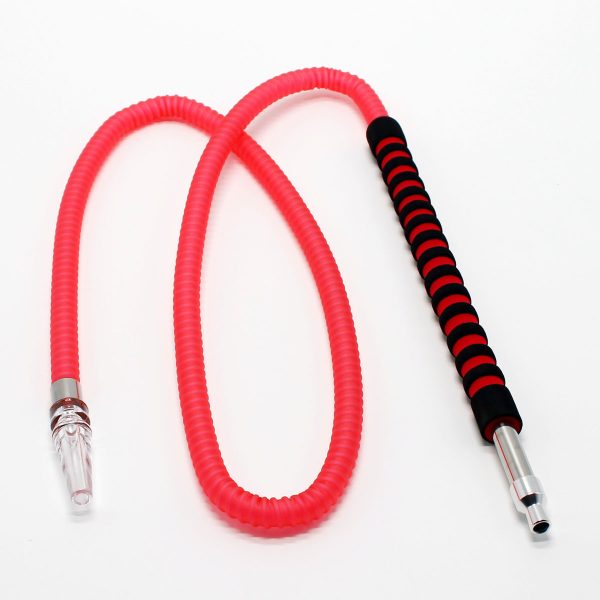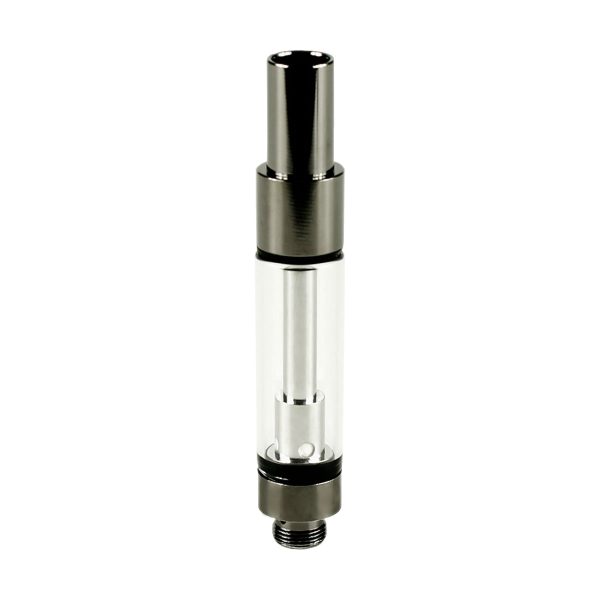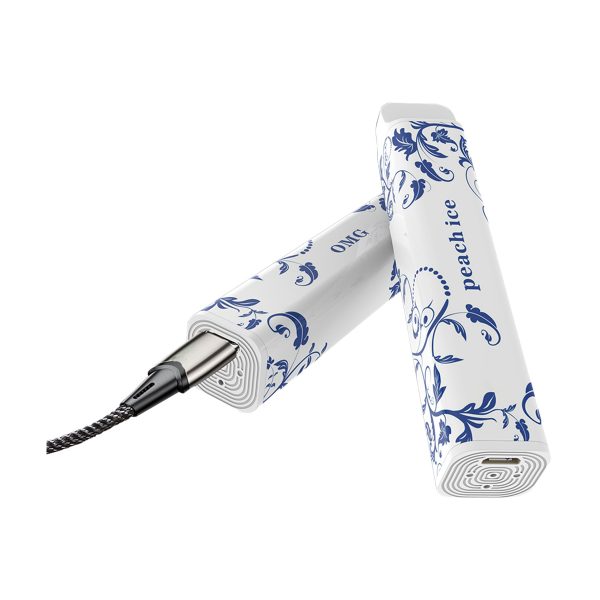
Origins and Development of Smoking Pipes
Historical Background
Traditional Smoking Pipes in Ancient Cultures
Smoking pipes have roots deeply entrenched in ancient cultures, dating back thousands of years. Archeological evidence suggests the use of pipes in various civilizations, such as the Egyptians, Native Americans, and ancient Greeks. Each culture had its unique style and materials; for instance, Native Americans used stone and wood, while Egyptians preferred reeds.
Transition to Modern-Day Tobacco Pipes
The transition from traditional to modern-day tobacco pipes began in the 16th century, aligned with the European colonization and global trade. The advent of materials such as briarwood revolutionized the industry, leading to the creation of durable and aesthetically pleasing pipes. Over time, the design, craftsmanship, and functionality of these pipes continued to evolve, reflecting cultural and technological advancements.
Technological Advancements in Smoking Devices
Introduction of Mechanical Enhancements
The 20th century saw the introduction of mechanical enhancements to improve the smoking experience. Innovations like flint lighters and pipe filters aimed to provide a more consistent smoke and reduce harmful tar inhalation. Mechanical grinders and specialized storage containers also became popular, ensuring uniform tobacco cuts and maintaining freshness.
Rise of Battery-Powered Solutions
The rise of battery-powered smoking solutions marked a significant technological leap. This transition primarily catered to the demands for more convenient, cleaner, and potentially safer smoking methods. Early inventions included battery-operated lighters and compact air purifiers designed to enhance the smoking environment.
Emergence of Electronic Smoking Pipes
Early Innovations and Prototypes
Patented Designs and Inventors
Electronic smoking pipes began garnering attention in the early 2000s, thanks to innovative designs and pioneering inventors. Patents were filed for devices that combined traditional aesthetics with modern technology. These early models aimed to replicate the sensory experience of traditional smoking while offering benefits such as reduced tar and customizable nicotine intake.
Initial Reception and Market Entry
The initial market reception of electronic smoking pipes was mixed, with enthusiasts intrigued by the novelty but skeptical about their practicality. However, as manufacturers refined their designs and addressed early shortcomings, acceptance grew. Marketing strategies often highlighted the potential health benefits and convenience over traditional pipes, appealing to a broader demographic.
Key Features of Early Models
Battery Life and Charging Mechanisms
Battery life and efficient charging mechanisms were crucial selling points in the early electronic smoking pipes. Despite initial challenges, advancements in lithium-ion technology soon enabled longer usage times and faster charging periods. Many models incorporated micro-USB ports for convenience, allowing users to recharge their devices similarly to smartphones.
Heating Elements and Temperature Control
Heating elements and temperature control were pivotal in differentiating electronic smoking pipes from their traditional counterparts. Early models featured simple heating coils, but subsequent innovations introduced adjustable temperature settings. This allowed users to customize their experience, providing smoother vapor and optimizing nicotine delivery.
Impact on the Global Smoking Market
Market Adoption and Growth Trends
Demographics and User Profiles
The adoption of electronic smoking pipes has witnessed remarkable growth across various demographics. Initially popular among younger adults, especially those in tech-savvy urban areas, their appeal has gradually expanded to older cohorts looking for healthier alternatives to traditional smoking. User profiles indicate a blend of former smokers and new entrants drawn by the perceived benefits of reduced tar and customizable nicotine experiences. Surveys and studies underline significant cross-generational interest, propelled by marketing campaigns and word-of-mouth referrals.
Regional Differences in Acceptance
Acceptance of electronic smoking pipes varies widely across different regions. In North America and parts of Europe, these devices have been embraced more rapidly due to higher awareness levels and supportive regulatory frameworks. In contrast, developing regions have experienced slower adoption rates, often impeded by limited information and restrictive policies. Cultural factors and economic considerations also play a role, influencing market penetration and consumer behavior. Understanding these regional nuances is crucial for brands aiming to tap into new markets effectively.
Competitive Landscape
Traditional vs. Electronic Smoking Devices
The competitive landscape pits traditional smoking devices against their electronic counterparts, each vying for market share. While traditional smoking pipes boast a rich heritage and an established user base, electronic models attract those seeking innovative, health-oriented alternatives. Manufacturers of traditional pipes are compelled to modernize their offerings, incorporating design tweaks and better materials to stay competitive. Conversely, electronic pipe makers emphasize technology integration, user experience, and regulatory compliance to position themselves as forward-thinking solutions in the smoking domain.
Market Leaders and New Entrants
The marketplace for electronic smoking pipes is becoming increasingly dynamic, with established leaders and new entrants vying for dominance. Early market leaders, such as Pax Labs and SMOK, continue to innovate, securing their leadership through advanced technology and diversified product lines. However, emerging brands are disrupting the status quo with competitive pricing, unique features, and aggressive marketing tactics. BLADE AURA‘s are the brainchild of innovation, where the time-honored ritual of pipe smoking meets the dazzle of modern gadgetry. With a chassis that screams “I’m from the future,” these pipes come with features that would make even the most stoic of smokers crack a smile.

Health Implications and Public Perception
Comparing Traditional and Electronic Smoking Habits
Nicotine Delivery and Chemical Compounds
Comparing traditional and electronic smoking habits reveals significant differences in nicotine delivery and chemical compounds. Traditional tobacco pipes often result in higher tar and carcinogen intake, posing serious health risks. In contrast, electronic smoking pipes allow for controlled nicotine delivery and fewer harmful chemicals, thanks to advanced heating mechanisms and vaporization processes. However, the long-term health effects of electronic smoking remain under study, necessitating ongoing research to validate their safety claims.
Regulatory Measures and Guidelines
Regulatory measures and guidelines are critical in shaping the landscape of electronic smoking pipes. Governments worldwide have implemented varying degrees of regulations to ensure product safety and consumer protection. Regulations often cover manufacturing standards, marketing practices, and age restrictions to mitigate risks associated with nicotine use. Compliance with these regulations is imperative for manufacturers, influencing their product development processes and market strategies. Policymakers continuously review and update guidelines to address emerging health concerns and technological advancements.
Public Awareness and Education Campaigns
Role of Healthcare Professionals
Healthcare professionals play a vital role in public awareness and education about electronic smoking pipes. By disseminating evidence-based information, they help consumers make informed decisions about smoking alternatives. Medical practitioners advocate for harm reduction strategies and often guide individuals in transitioning from traditional smoking to potentially safer options like electronic pipes. Their endorsements and cautionary advice significantly influence public perception and acceptance.
Influence of Media Coverage
Media coverage greatly impacts the public perception of electronic smoking pipes. Positive portrayals in mainstream and social media can drive adoption by highlighting benefits such as reduced health risks and modern appeal. Conversely, negative media exposure, focusing on potential health hazards or regulatory crackdowns, can deter users and invite scrutiny. Balanced and accurate media reporting is essential to provide the public with a clear understanding of electronic smoking devices, fostering informed consumer choices and shaping societal attitudes.
Future Directions for Electronic Smoking Pipes
Emerging Technologies and Innovations
Smart Features and Connectivity Options
The future of electronic smoking pipes is set to be revolutionized by smart features and connectivity options. Innovators are integrating Bluetooth technology and app compatibility, allowing users to monitor and customize their smoking experience in real-time. Features such as dosage tracking, usage statistics, and remote control of temperature settings are becoming increasingly common. This connectivity not only enhances user experience but also opens avenues for data-driven insights and personalized recommendations, driving the evolution of the smoking pipe industry.
Eco-Friendly Materials and Sustainability Efforts
Sustainability is quickly becoming a focal point in the development of electronic smoking pipes. Manufacturers are exploring eco-friendly materials such as biodegradable plastics and recyclable metal components to minimize environmental impact. Efforts to reduce electronic waste through modular designs and replaceable parts are also gaining momentum. As consumers become more environmentally conscious, the demand for sustainable solutions in smoking devices is expected to grow, prompting the industry to innovate accordingly.
Potential Shifts in Consumer Preferences
Impact on Regular Smokers vs. New Users
Consumer preferences are likely to continue evolving, influenced by emerging technologies and shifting societal norms. Regular smokers may transition more rapidly to electronic pipes, attracted by advanced features and perceived health benefits. Meanwhile, new users, particularly those drawn by novelty and tech appeal, might favor these devices over traditional smoking from the outset. This dual appeal across diverse user groups suggests robust market growth, with continual advancements and tailored marketing strategies needed to meet varying consumer needs.
The evolution of smoking pipes from ancient traditions to high-tech innovation reflects a continuous quest for enhancing the smoking experience. As electronic smoking pipes gain popularity, their impact on the market and public perception continues to unfold, promising further advancements in the field.



